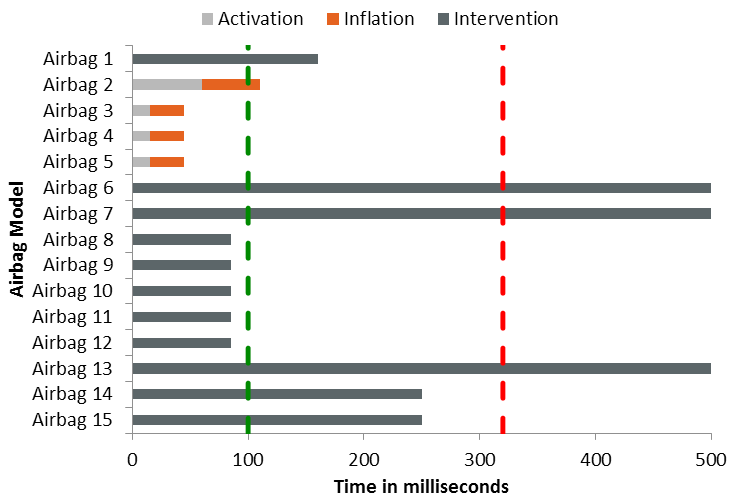More information
Main author
Adam Barrow
Co-Authors
Siobhan O’Connell, Phil Martin, David Hynd
Type of media
Publication type
Lecture
Publication year
2018
Publisher
27. EVU Conference, Dubrovnik
Citation
-
Inflatable protective motorcyclist jackets (“air jackets”) are a key innovation that has the potential to reduce the severity of injuries experienced by motorcyclists during collisions. Despite transfer of the technology from the motorsport industry, the relative benefits and disbenefits of these potentially life-saving technologies, in terms of effectiveness, reliability, cost and comfort, are currently unknown. Research literature and data from motorcycle collisions in the UK’s Road Accident In-Depth Studies (RAIDS) were analysed to understand the nature of the injuries sustained by motorcyclists. The thorax was often the most severely injured body region. The head, abdomen, spine and pelvis were also frequently injured and often at a high severity. Injuries to the thorax were often the most prevalent serious (AIS 3+) and severe (AIS 4+) injury. At the AIS 3+ level, the thoracic region was often the most severely injured body region (when a single region dominated) or joint most severely injured body region. The specifications of 39 state-of-the-art air jacket models were evaluated and followed up by a review of literature to establish the effectiveness of air jackets for reducing the risks of injuries during falls and collisions. The majority of air jackets on the market do not have a guaranteed minimum level of protection. Only a quarter of air jacket models claimed to have deployment times that could protect riders during the majority of collisions and falls (<100 ms).

(EVU-members can download the full article)